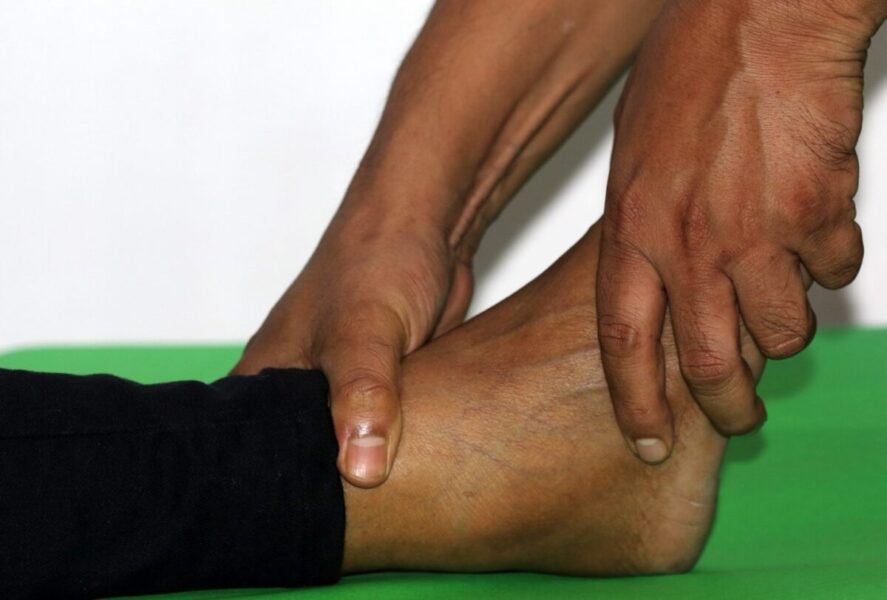The Hidden World Inside Your Belly Button: Insights from Science
Have you ever looked down at your belly button and noticed a mysterious little fuzzball tucked away inside? If you have, you’re not alone. Belly button lint, while a seemingly innocuous and bizarre phenomenon, has puzzled many people for generations. In this blog post, we’ll explore the curious world of belly button lint, diving into what it is, why it happens, and some intriguing facts you probably never knew about it.
The Basics of Belly Button Lint:
Belly button lint, also known as “navel fluff,” is the accumulation of various fibers, dead skin cells, and other debris that find their way into your navel. These materials get trapped in the small crevices and contours of your belly button, eventually forming a compact mass of lint.
Why Does Belly Button Lint Occur?
- Clothing Fibers: One of the primary culprits behind belly button lint is your clothing. Fabrics like:
- cotton
- wool
- some synthetic materials
shed tiny fibers throughout the day. These fibers can easily get caught in the small crevices of your navel.
- Body Hair: If you have body hair around your navel, it can act as a natural trap for loose fibers. Hair can funnel these fibers into your belly button, contributing to lint buildup.
- Sweat and Dead Skin Cells: The combination of sweat and dead skin cells provides the perfect adhesive to bind the loose fibers together, creating a solid mass of lint.
Fun Facts about Belly Button Lint:
- Color Variations: The color of belly button lint often depends on the color of your clothing. If you wear mostly dark-colored clothing, your lint will likely be darker, while lighter clothing will produce lighter lint.
- Gender Differences: Research suggests that men tend to accumulate more belly button lint than women. This might be due to factors like body hair and clothing choices.
- Cleaning Your Belly Button: Proper hygiene is essential to prevent lint buildup. Regularly cleaning your belly button with a gentle soap and warm water can help reduce the accumulation of lint.
- Belly Button Bacteria: A 2012 study found that belly buttons can harbor a diverse range of bacteria, some of which are unique to each individual. This microbial diversity could contribute to the formation of lint.
Is Belly Button Lint Harmful?
In most cases, belly button lint is harmless and merely a quirk of human biology. However, excessive lint accumulation or signs of infection in your navel should be discussed with a healthcare professional.
To learn more, check out this summary from The Washington Post.
The next time you spot a tiny lint ball in your navel, you’ll have a better understanding of what it is and why it’s there. So, embrace your belly button lint and marvel at the wonders of the human body!




